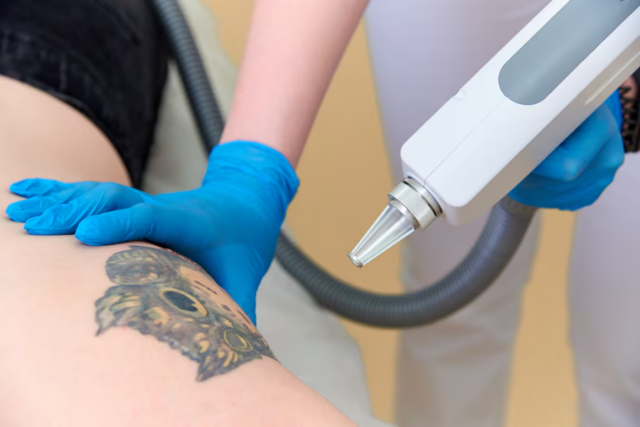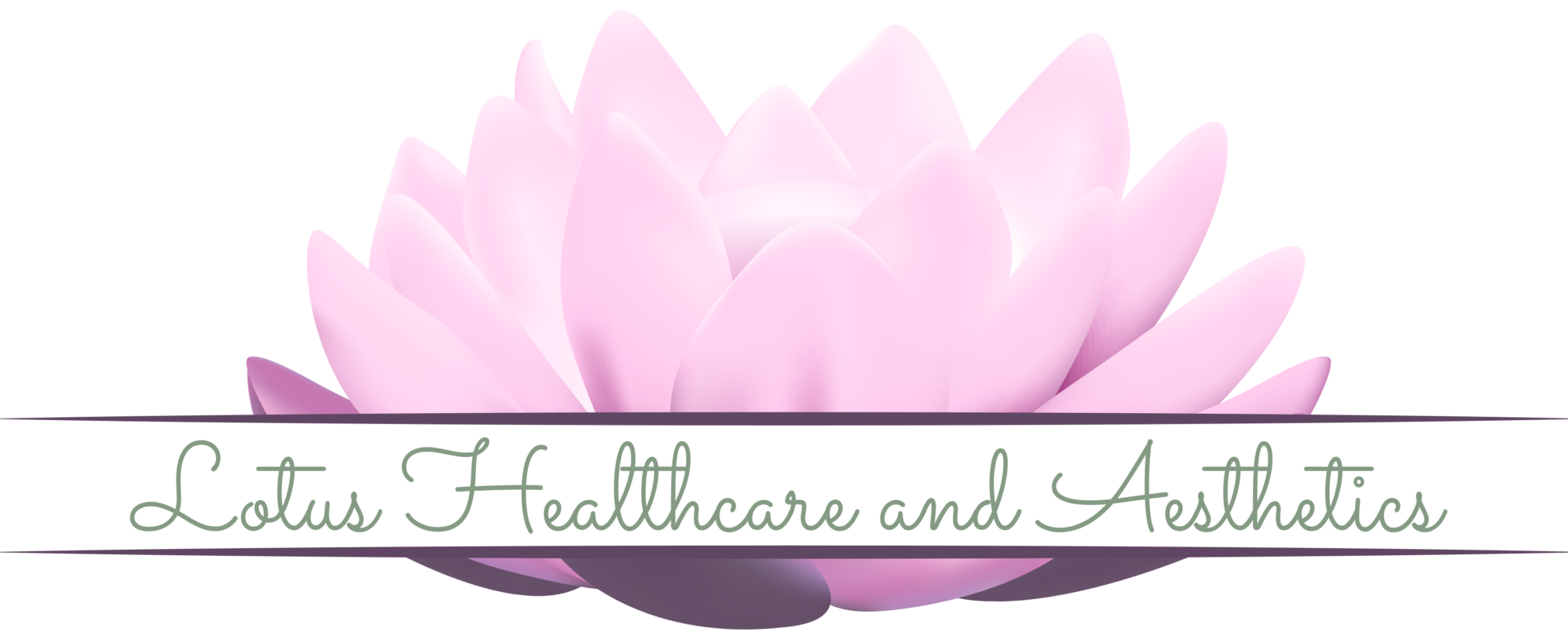Getting a tattoo removed is a significant decision that often follows a thoughtful process. However, the journey doesn’t end once the laser procedure is complete. Proper aftercare is crucial for ensuring that your skin heals correctly and that you achieve the best possible results. For residents of Panama City, the tropical climate and unique conditions present specific challenges to tattoo removal aftercare. Here’s a guide to help you navigate the aftercare process effectively.
Follow Your Specialist’s Instructions
Your tattoo removal specialist will provide personalized aftercare instructions tailored to your skin type and the specifics of your treatment. Adhering to these guidelines is essential for optimal healing. They may include advice on cleansing, moisturizing, and avoiding certain activities.
By diligently following the specific aftercare instructions provided by your tattoo removal specialist, you not only enhance the effectiveness of the treatment but also contribute significantly to the overall health and appearance of your skin post-procedure.
Keep the Area Clean and Dry
In Panama City’s humid climate, keeping the treated area clean and dry is vital to prevent infection. Gently wash the area with a mild, non-abrasive soap and water. Pat it dry with a clean towel, avoiding any vigorous rubbing that could irritate the skin.
By maintaining cleanliness and dryness, you help create an environment that promotes optimal healing and reduces the risk of complications. If you have any concerns or experience unusual symptoms, contact your tattoo removal specialist for guidance. Proper aftercare will contribute significantly to the effectiveness of your tattoo removal and the health of your skin.
Apply a Recommended Moisturizer
Hydration helps in the healing process, but choosing the right product is key. Use a fragrance-free, hypoallergenic moisturizer as recommended by your specialist. Apply it in a thin layer to keep the area moisturized without clogging pores.
Apply Sparingly
A little goes a long way when it comes to applying moisturizer. Use a thin layer to cover the treated area. Applying too much can lead to excess moisture, which may result in clogged pores or delayed healing. Gently spread the moisturizer over the skin using clean hands or a sterile applicator, ensuring even coverage without over-saturating the area.
Frequency of Application
Follow the instructions provided by your specialist regarding how often to apply the moisturizer. Typically, applying it two to three times a day is sufficient, but your specific needs may vary. Regular application helps maintain consistent hydration, which is essential for the healing process. Be mindful not to over-apply, as this can interfere with the skin’s natural healing mechanisms.
Avoid Potential Irritants
When selecting a moisturizer, avoid products with potential irritants such as artificial fragrances, dyes, or alcohol. These ingredients can cause additional irritation or allergic reactions, which could complicate the healing process. Stick to simple, dermatologist-approved products designed for sensitive or healing skin.
Monitor for Reactions
As you apply the moisturizer, keep an eye on how your skin responds. If you notice any signs of irritation, such as redness, itching, or a rash, discontinue use and consult your tattoo removal specialist. They may recommend an alternative product or adjust your aftercare routine to better suit your skin’s needs.
Avoid Combining Products
It’s best to avoid using multiple skincare products on the treated area unless specifically directed by your specialist. Combining different creams, ointments, or treatments can lead to interactions that might affect the healing process. Stick to the recommended moisturizer and any additional products your specialist approves.

Protect from Sun Exposure
The Panama City sun can be intense, and UV exposure can hinder the healing process and lead to pigmentation issues. Keep the treated area covered or apply a broad-spectrum sunscreen with an SPF of 30 or higher. Avoid direct sun exposure for several weeks following the procedure.
By following these sun protection strategies, you can help ensure that your tattoo removal process goes smoothly and minimize the risk of complications. Proper sun protection not only supports effective healing but also contributes to the overall health and appearance of your skin.
Avoid Excessive Moisture and Heat
In a humid environment, it’s tempting to take long, hot showers or spend time in saunas and pools. However, excessive moisture and heat can exacerbate irritation and delay healing. Stick to lukewarm showers and avoid submerging the treated area in water.
By being mindful of moisture and heat management, you can significantly improve your tattoo removal aftercare and promote a smoother, faster healing process. If you have any concerns or questions, don’t hesitate to reach out to your tattoo removal specialist for further guidance tailored to your situation.
Refrain from Scratching or Picking
As the treated area heals, you may experience itching or flaking. It’s important to resist the urge to scratch or pick at the skin, as this can lead to scarring and complications. If you have concerns about the healing process, contact your specialist rather than trying to address issues on your own.
Risk of Infection
Scratching or picking at the treated area can introduce bacteria and other pathogens into the skin, increasing the risk of infection. The integrity of your skin’s natural barrier is compromised when it is disrupted, making it easier for germs to penetrate and cause complications.
Potential for Scarring
The act of picking can cause additional trauma to the skin, leading to scarring or permanent changes in skin texture. This is especially true if the skin is already fragile or irritated. Healing skin needs to remain undisturbed to repair itself properly and avoid long-term damage.
Delayed Healing
Interfering with the natural healing process can extend the recovery time. The skin needs to go through its healing phases uninterrupted to regenerate effectively. Scratching or picking disrupts this process, potentially prolonging the time it takes for the skin to fully recover.
Increased Discomfort
Irritation from scratching or picking can exacerbate discomfort and inflammation. This can make the healing process more painful and uncomfortable, further complicating recovery.
Uneven Results
In some cases, disrupting the healing process can affect the final outcome of the tattoo removal. Scratching or picking might result in uneven skin texture or pigmentation changes, which can impact the appearance of the treated area.
Monitor for Any Adverse Reactions
Keep an eye on the treated area for any signs of infection or unusual reactions, such as excessive redness, swelling, or discharge. If you notice any of these symptoms, seek medical advice promptly.
Stay Hydrated and Maintain a Healthy Diet
Good overall health supports skin healing. Drink plenty of water and eat a balanced diet rich in vitamins and minerals. Foods high in antioxidants can help your skin repair more efficiently.
Conclusion
Proper aftercare is crucial for effective tattoo removal and ensuring the best results. By following the outlined tips—such as keeping the area clean, avoiding sun exposure, and following your provider’s instructions—you can enhance healing and minimize risks. Remember, every individual’s skin reacts differently, so consistent care and attention are key.
For personalized advice or to schedule a consultation, contact Lotus Healthcare And Aesthetic in Panama City, FL. Our expert team is here to guide you through every step of your tattoo removal journey. Call us at (850) 252-6161 for more information.



